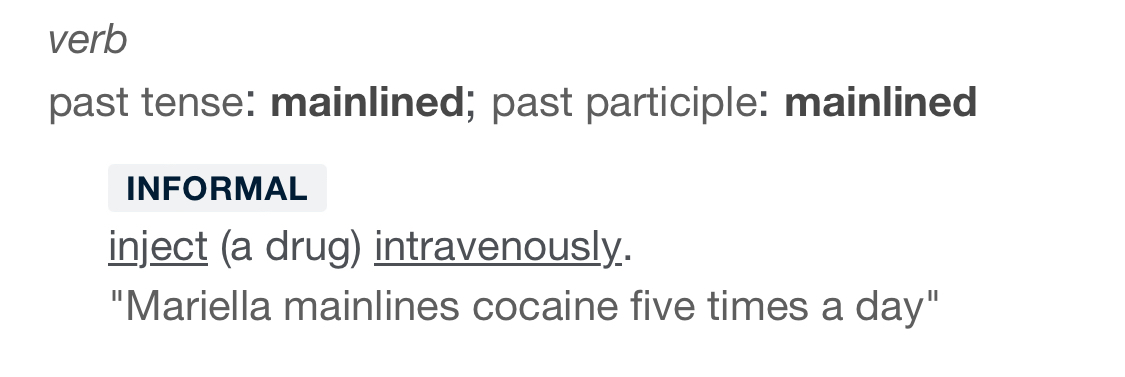Neprilysin is an enzyme responsible for breaking down several key peptides, including B-type natriuretic peptide (BNP). BNP is a hormone released primarily from the heart’s ventricles in response to increased pressure and fluid volume. It acts as a signal to the kidneys to help reduce this overload by promoting diuresis (pee out fluid/volume) and natriuresis (pee out sodium). BNP also helps relax blood vessels (vasodilation), which lowers the overall stress on the heart.
The Evolution of BNP: Designed for Acute Response From an evolutionary standpoint, BNP’s role in fluid regulation likely evolved to address acute situations, such as sudden increases in blood volume or salt intake. For our ancestors, these situations might have been rare but critical, like consuming large amounts of water after periods of dehydration or reacting to sudden trauma or infection that caused fluid shifts.
BNP’s ability to trigger diuresis (fluid removal) and natriuresis (sodium removal) was a short-term emergency mechanism. This process worked well in the past because acute volume overload—a temporary state of excess fluid or salt—was something the body could quickly resolve. The kidneys would sense the signal from BNP, recognize the excess fluid, and excrete it efficiently.
Modern Challenges: Chronic Heart Failure and BNP’s Diminished Effectiveness In modern times, we face a different challenge: chronic heart failure (CHF). In CHF, the heart is under long-term, sustained pressure, often due to weakened heart muscle or other chronic conditions. BNP is still produced, but the problem is that the body begins to adapt to the constant signaling. The kidneys, which evolved to respond to acute signals from BNP, start to interpret the continuous signal as erroneous or irrelevant. Over time, this leads to resistance to BNP’s effects, making it harder for the body to rid itself of excess fluid and sodium.
It’s not that BNP stops working entirely. Rather, the chronic nature of heart failure causes the kidneys to “tune out” the signal because they’re designed to handle short bursts of fluid overload, not prolonged stress. As a result, even though the body wants to diurese (pee out the excess fluid), it can’t because the kidneys mistakenly believe that the persistent BNP signal is not a true indicator of overload. The acute system becomes ineffective in this chronic setting.
Measuring and Trending BNP BNP and its more stable precursor, NT-proBNP, are measured using a blood test that helps assess heart function. In heart failure, the heart releases more BNP in response to increased pressure and fluid overload. The test measures the concentration of these peptides in the blood, providing critical insight into whether the heart is under stress.
The blood test involves drawing a sample from a vein, typically from the arm. The sample is then processed using immunoassay techniques, which detect and quantify the levels of BNP or NT-proBNP in the blood. The results are reported in picograms per milliliter (pg/mL), with higher values indicating more significant cardiac strain.
Why Is BNP Testing Important? The BNP test is particularly valuable for diagnosing heart failure. In emergency settings, when a patient presents with shortness of breath or other symptoms of fluid overload, measuring BNP can help clinicians quickly differentiate between heart failure and other conditions like lung disease. BNP levels rise in heart failure but remain relatively normal in non-cardiac causes of respiratory symptoms.
Beyond diagnosis, BNP levels are also useful in monitoring and trending heart failure over time. Clinicians often track BNP levels to assess how well the patient is responding to treatments like diuretics, ARBs, or neprilysin inhibitors. Trending BNP downward generally indicates effective fluid management and reduced cardiac strain. Rising levels may signal worsening heart failure or the need for more aggressive intervention.
BNP and NT-proBNP also have different half-lives, with NT-proBNP being more stable in the bloodstream. Therefore, in many clinical settings, NT-proBNP is used as it provides a longer window to assess the heart's function. Clinicians decide which peptide to measure based on the context, but both provide valuable, quantitative information that guides treatment decisions.
Neprilysin Inhibitors: A Modern Solution This is where neprilysin inhibitors like sacubitril come into play. By blocking neprilysin, the enzyme responsible for breaking down BNP, these drugs allow higher levels of BNP to circulate in the body. This essentially amplifies BNP’s natural effect, helping to promote diuresis, natriuresis, and vasodilation even in the context of chronic heart failure. The idea is to overcome the body’s adaptation to BNP by increasing its presence, essentially “turning up the volume” of the signal to the kidneys.
When combined with angiotensin receptor blockers (ARBs), which reduce the pressure on the heart, neprilysin inhibitors provide a much-needed boost to the natural BNP system, allowing it to perform its intended role even under the chronic conditions of heart failure.
